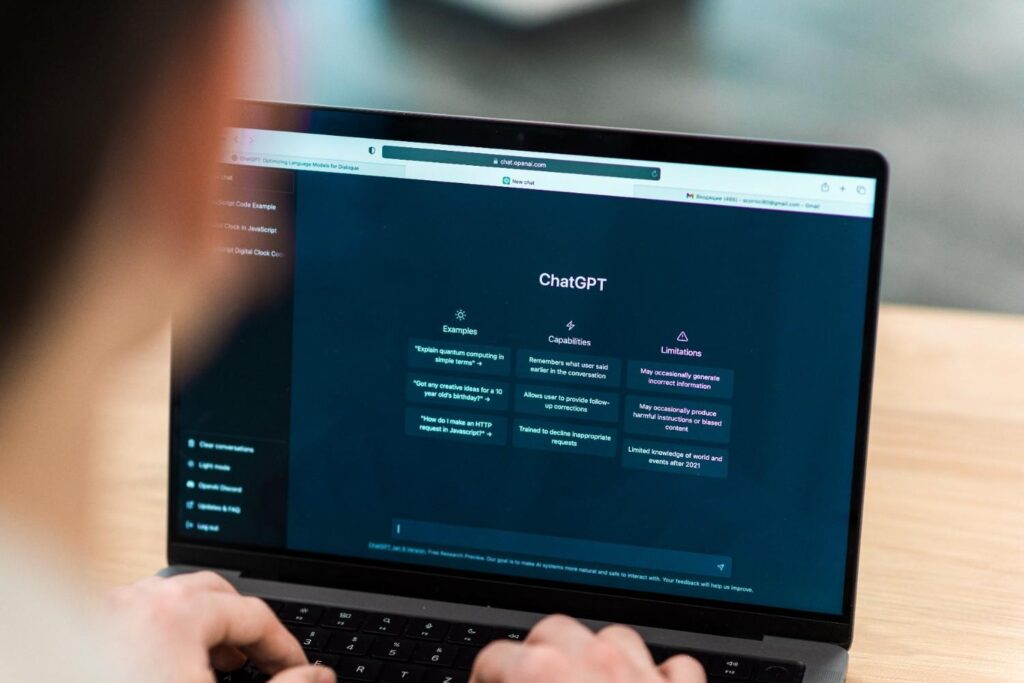The rapid rise of artificial intelligence, particularly language models like ChatGPT, has transformed how content is created, shared, and consumed. As AI-generated text becomes nearly indistinguishable from human writing, the need for reliable methods to verify content authenticity has never been greater. Enter the ChatGPT detector—a suite of tools and technologies designed to distinguish between human-written and AI-generated text. This article explores what ChatGPT detectors are, how they work, their applications, challenges, and the future of AI content detection.
What is a ChatGPT Detector?
A ChatGPT detector is a specialized tool that analyzes text to determine if it was produced by an AI system like ChatGPT. These detectors have become essential in fields where content authenticity is critical, such as academia, journalism, publishing, and marketing. As AI-generated content proliferates, distinguishing between human and machine writing is vital for maintaining trust, transparency, and integrity in communication.
Why Do We Need ChatGPT Detectors?
The surge in AI-generated text has blurred the lines between authentic human writing and machine-created prose. This ambiguity presents several challenges:
- Academic Integrity: Educators need to ensure students submit original work, not assignments generated by AI.
- Publishing Authenticity: Publishers and journalists must verify the originality of articles and manuscripts.
- Fraud Prevention: Businesses and consumers want to avoid scams involving fake chatbots or AI-generated phishing attempts.
- Content Trust: Readers and audiences seek assurance that what they’re reading is genuine and not artificially manipulated.
How Do ChatGPT Detectors Work?
ChatGPT detectors use a blend of advanced algorithms, machine learning, and linguistic analysis to distinguish between human and AI-generated text. Here’s a look at the core technologies and metrics:
Key Detection Metrics
- Perplexity: Measures how predictable a sequence of words is. Human writing tends to be less predictable, while AI-generated text often follows more uniform patterns.
- Burstiness: Assesses variation in sentence complexity and structure. Human writing usually fluctuates in sentence length and complexity, while AI-generated text is more consistent.
Detection Indicators
- Linguistic Consistency: AI-generated text often exhibits perfect grammar but lacks the subtle imperfections of human writing.
- Semantic Coherence: AI may miss nuanced context or cultural references that humans intuitively understand.
- Repetition Patterns: AI-generated content can display repetitive structures not typically seen in natural human writing.
Technological Approaches
- Machine Learning Classifiers: Trained on large datasets of human and AI-generated text to learn distinguishing features.
- Transformer-Based Analysis: Uses deep learning models to analyze the probabilistic structure of text.
- Ensemble Methods: Combines multiple detection techniques for improved accuracy and reduced false positives.
Several tools have emerged to help users identify AI-generated content:
| Tool Name | Features | Accuracy/Notes |
|---|---|---|
| GPTZero | Uses perplexity and burstiness metrics | Widely used in education |
| Writefull GPT Detector | Simple score, API access | No plagiarism detection |
| Hive Moderation | Segment-specific scores, free with limits | High accuracy in tests |
| Originality.AI | High confidence, accurate across samples | Used by publishers and educators |
| Hugging Face Detector | Free, overall prediction and score | No plagiarism or highlighting features |
| Corrector AI Detector | Free, percentage score, 600-word limit | No highlighting or plagiarism detection |
Some research teams have reported AI detectors with up to 99% accuracy, using sophisticated models like XGBoost. However, even the best tools can misclassify human text as AI-generated and vice versa, highlighting the ongoing challenge in this field.
Challenges and Limitations
Despite significant progress, ChatGPT detectors face several obstacles:
- False Positives/Negatives: Detectors can mistakenly flag human-written content as AI-generated or fail to identify sophisticated AI text.
- Evolving AI Models: As AI models improve, they become harder to detect, requiring detectors to continuously adapt.
- Lack of Universal Standards: No single detection method is foolproof, and results can vary depending on the tool and the text analyzed.
- Ethical Concerns: Over-reliance on detectors can lead to privacy issues and unfair accusations, especially in academic and professional settings.
The Future of ChatGPT Detection
The technological arms race between AI text generation and detection is intensifying. OpenAI has reportedly developed a ChatGPT detector with 99.9% effectiveness by embedding a watermark pattern in AI-generated text, but concerns about privacy and user trust have delayed its public release6. As AI continues to evolve, so too will the tools designed to detect its output, ensuring that content authenticity remains a cornerstone of digital communication.
Conclusion
ChatGPT detectors are vital tools in the age of AI-generated content, helping to maintain trust, authenticity, and integrity across industries. While current technologies offer impressive capabilities, they are not infallible. The ongoing development of both AI generation and detection technologies underscores the importance of transparency, continuous innovation, and ethical considerations in the digital landscape.
Get Latest News Live on Storify News along with Breaking News and Top Headlines from US News, Trump News, Taylor Swift and Travis Kelce, Kamala Harris, Entertainment, Technology and around the world.

